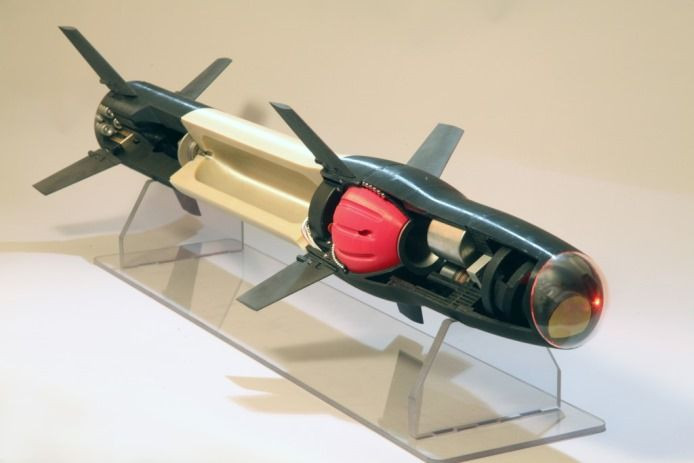Raytheon Follows SpaceX Into World Of 3D Printing With Guided Missile Controls, Artillery Fins

Raytheon has figured out how to produce 80 percent of the parts of its guided missile with a 3D printing technology. The announcement from one of the biggest U.S. arms manufacturers comes after SpaceX, Lockheed and other prominent American companies have invested in 3D printing technology as a means of keeping production in the United States.
Research teams at Raytheon Missile Systems can 3D print rocket engines, guidance control parts and other essential weapon technology, , according to a company statement that began circulating this week. The ultimate goal is not only streamline the production process for efficiency, but also to build missiles in a short time, and as close to on-demand as possible.
“When we print something, we have fewer piece parts, so your supply chain becomes simpler,” Leah Hull, a 3D printing manager for Raytheon, said in a company statement. “Your development cycles are shorter, you're getting parts much faster. You can get a lot more complex with your design because [you can design] angles you can't machine into metal.”
Next, Raytheon aims to print conductive material for electrical circuits and produce fins to attach to guided artillery shells.
The development comes after SpaceX, the rocket company led by Elon Musk, sent its first 3D printed part (an oxidizer valve in a rocket engine) into space last year. The company is also at work on constructing emergency escape rockets in upcoming spacecraft with 3D printed parts. Lockheed Martin, one of Raytheon's principle competitors, announced in 2014 it will include 3D printed parts in its next generation of satellites.
© Copyright IBTimes 2024. All rights reserved.




















